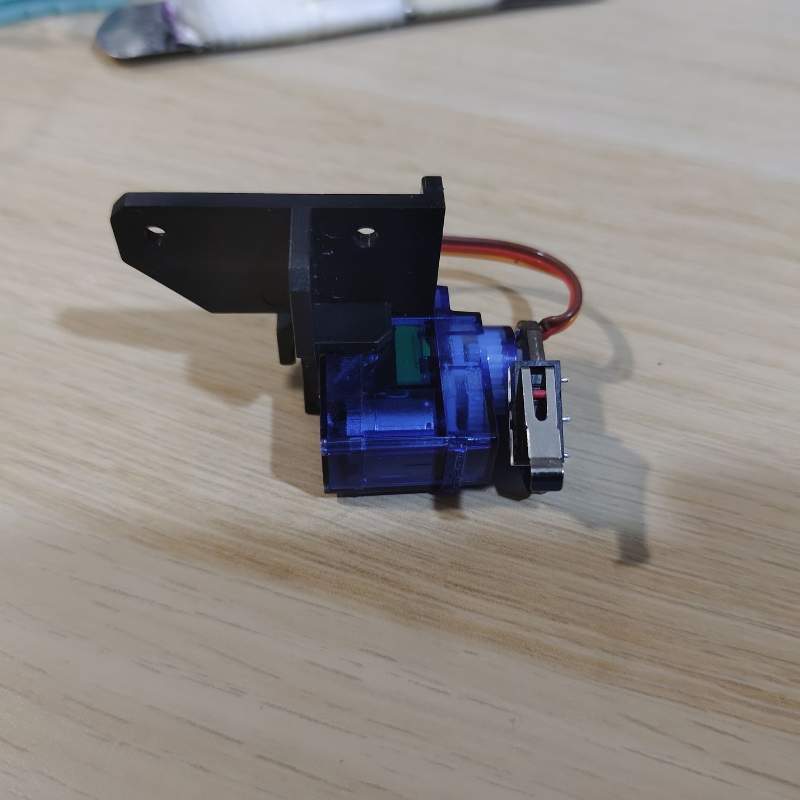Restoring Order in the Classroom: Fixing the School's 3D Printer

In the dynamic environment of a school, a 3D printer is not just a piece of technology; it's a gateway to learning and innovation. So when Dan, the school administrator, reached out with a problem that their Tiertime printer refused to start printing, it was a matter we took with utmost seriousness. In an educational setting, a non-functional printer means a pause in learning, a hiccup in the curriculum that relies on technology to bring lessons to life.

Upon receiving the printer in our workshop, our team of experienced technicians began the standard diagnostic procedures. The symptoms were clear: the printer would power up, the print head and heat bed would reach the required temperatures, but as soon as the Z-axis attempted to find its home position, an error would flash on the display. It was time to play detective.
The Z-axis on a 3D printer is vital. It controls the up-and-down movement of the print head, and without it, creating precise layers is impossible. Every movement must be meticulously calibrated, starting from a known position referred to as 'home'. Our tests initially showed no mechanical hindrance to the Z-axis movement, which led us to suspect a problem with the printer's ability to detect its home position.

The culprit in such cases is often the end-stop switch. This small but significant component signals the printer's mainboard when the print head has reached its starting position. If the switch fails, the printer loses its point of reference, resulting in an error that prevents printing from commencing.

Our hunch was confirmed upon closer inspection—the Z-axis end-stop switch was indeed faulty. Over time and with repeated use, these switches can fail, especially in a bustling school environment where printers are used frequently.
With the problem identified, we proceeded to replace the end-stop switch. Such a task, while seemingly minor, is crucial to the printer's precision. It was a repair that demanded our attention to detail and expertise, ensuring that the new switch was not only functional but also perfectly aligned.

The moment of truth was upon us as we powered up the Tiertime printer once more. The Z-axis glided smoothly to its home position, no errors in sight. The printer was ready, willing, and able to do its part in educating the curious minds waiting for it back in the classroom.
Dan's response to our call with the good news was one of palpable relief. The printer was essential to the school's STEM curriculum, and having it back in working order meant that the classes could go on without further disruption.

For us, this repair was more than just a technical victory; it was a contribution to the educational journey of countless students. By restoring the functionality of the school's 3D printer, we played our part in ensuring that the learning continues, one layer at a time.